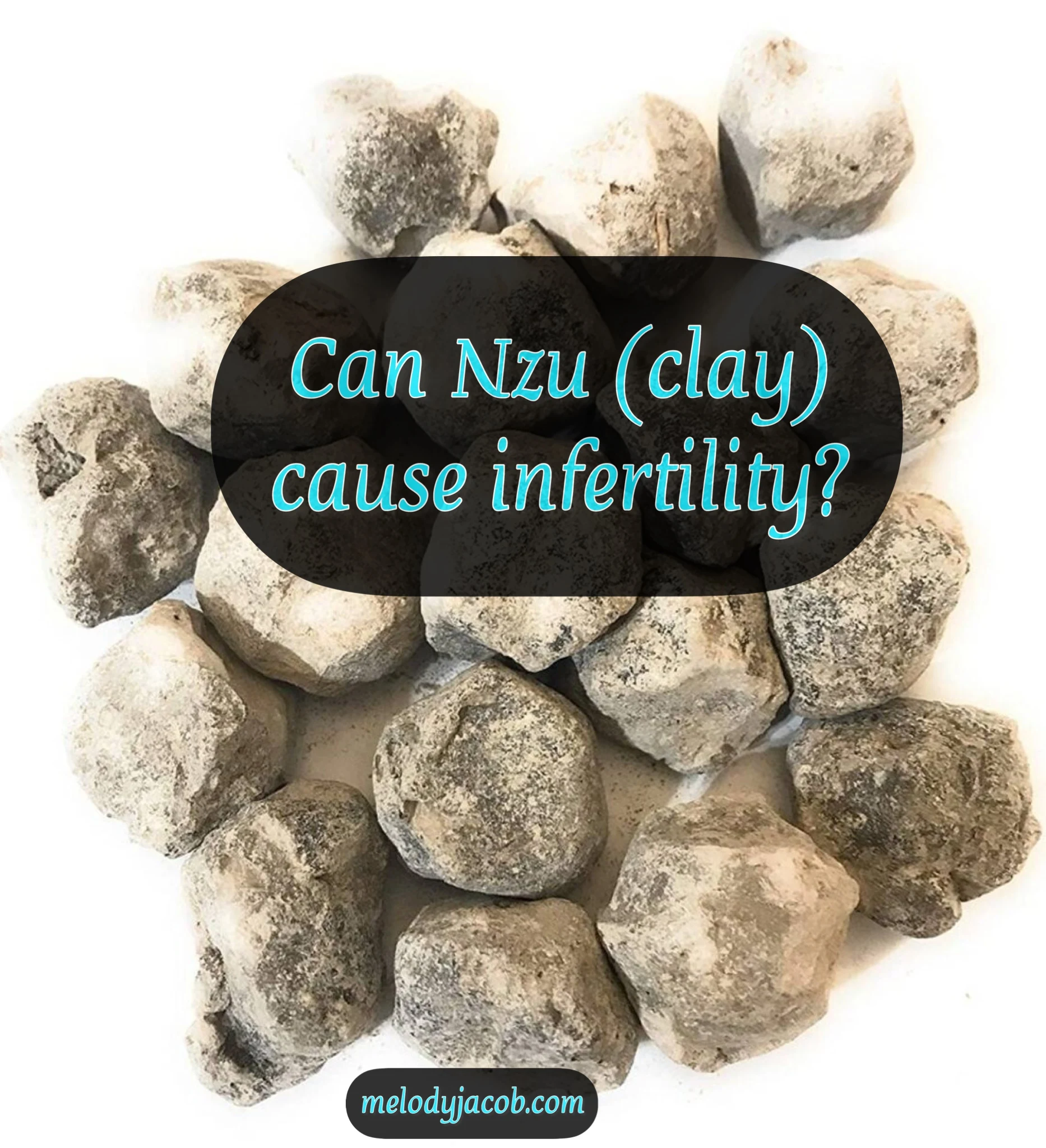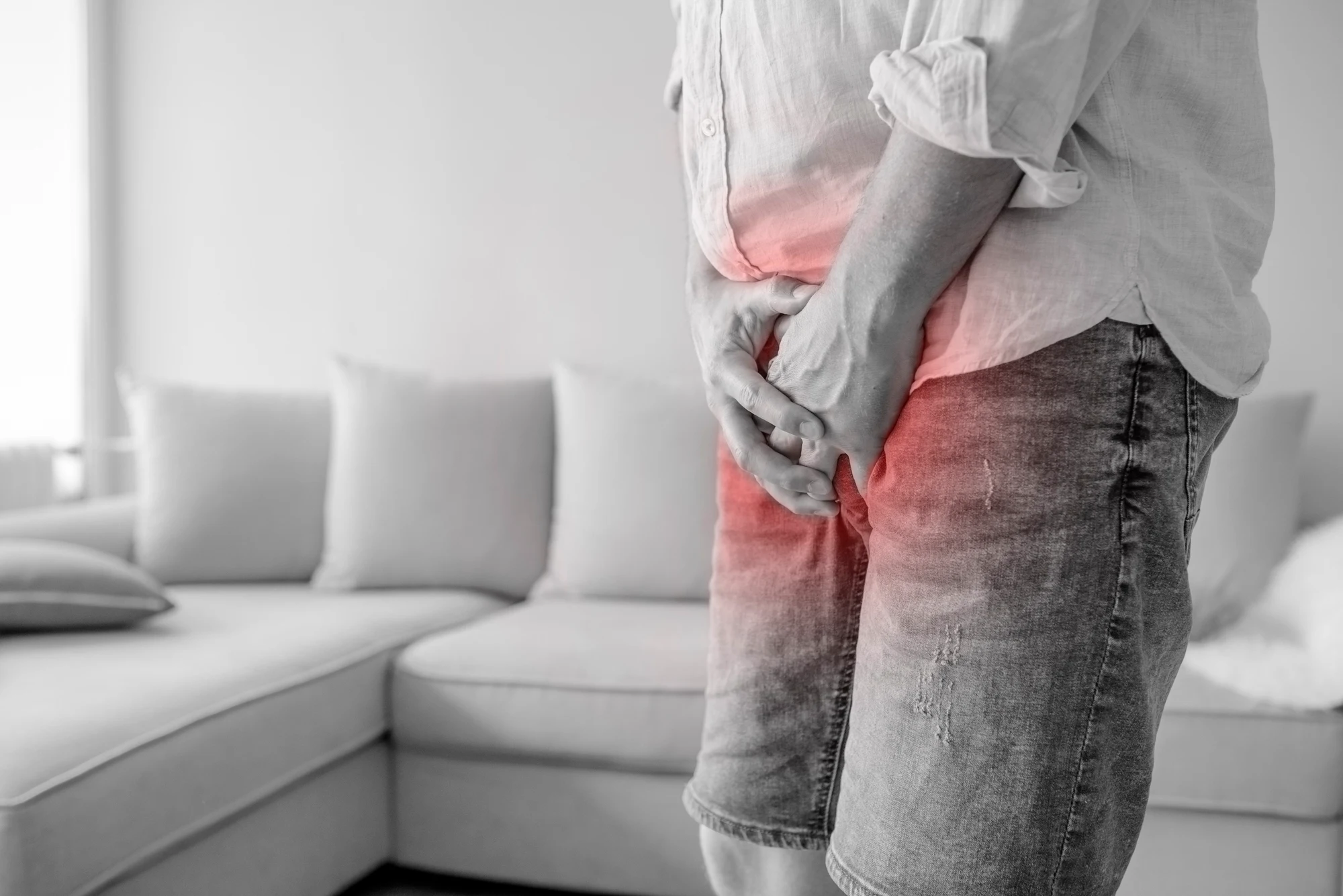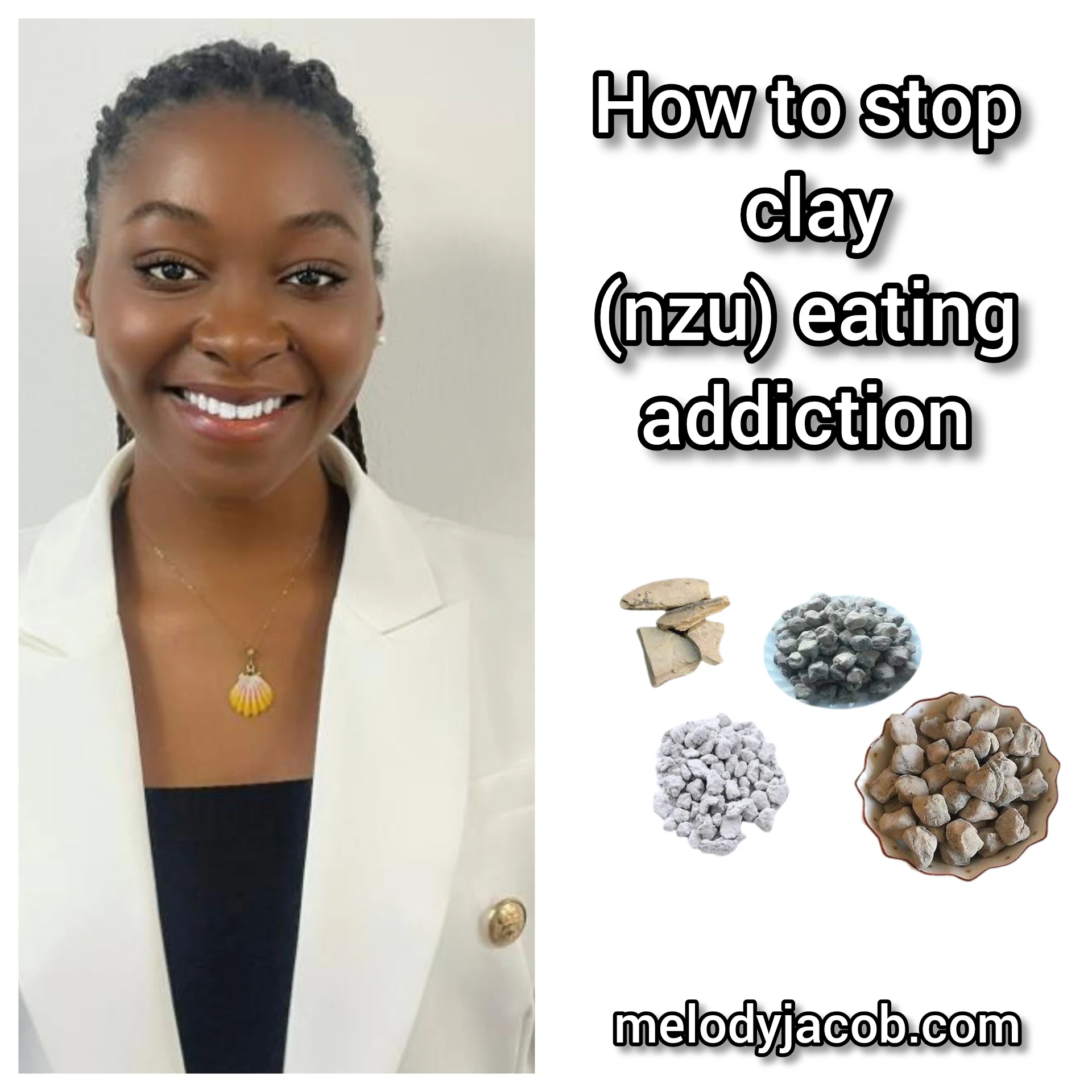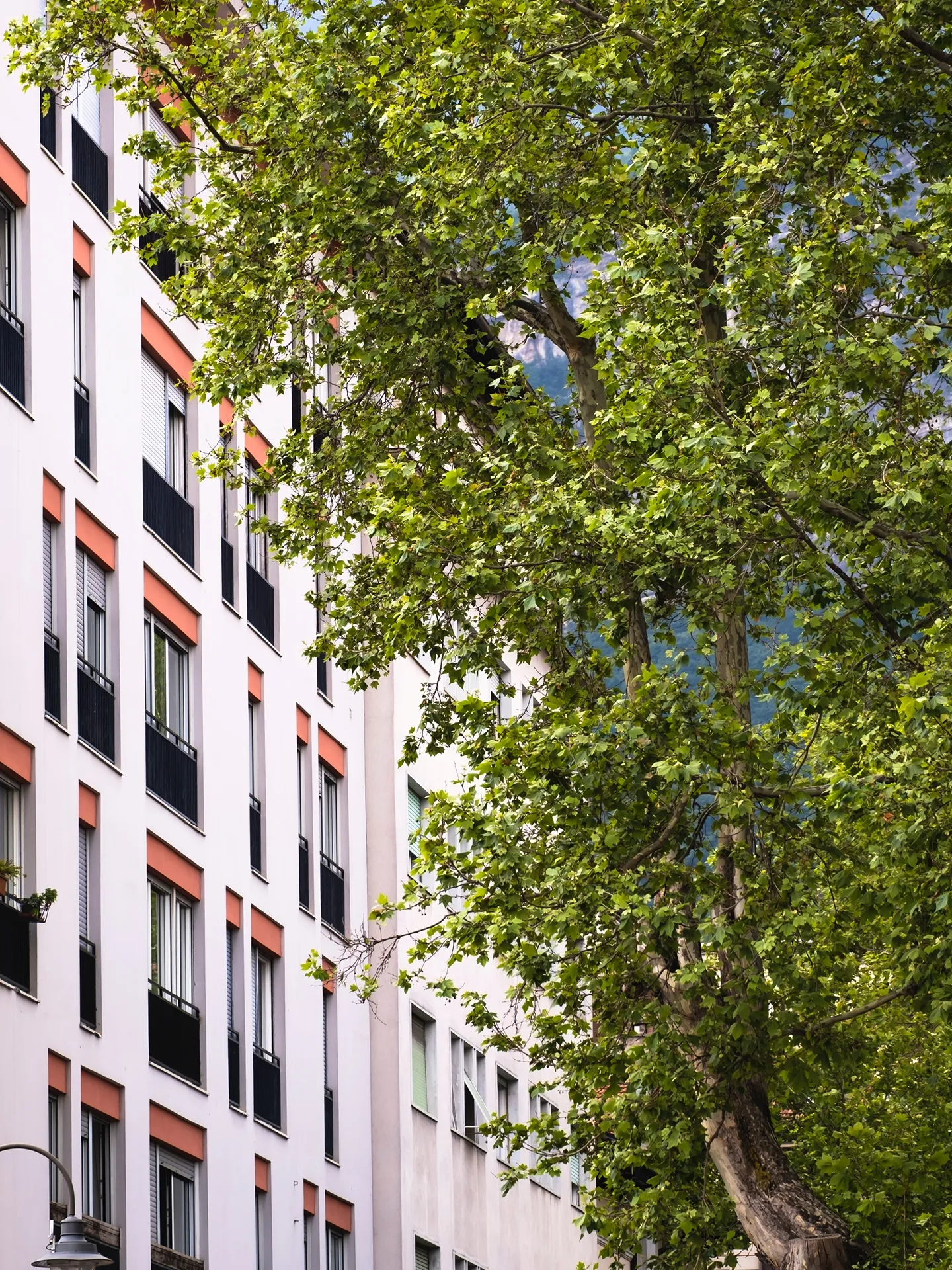If you're a man over 50, you might be familiar with the challenges of an enlarged prostate. This walnut-shaped gland near your bladder tends to grow as you age, causing issues like a weak urine stream, trouble emptying your bladder, and frequent bathroom trips.
If you experience these symptoms, it's important to consult your doctor for proper evaluation. However, there are some simple changes you can make to ease urinary problems:
- Avoid drinking fluids 1-2 hours before bedtime.
- Limit fluid intake before going out or starting a journey.
- Urinate as soon as you feel the need.
- Follow a timed schedule for bathroom visits, even if you don't feel the urge.
- Take your time while urinating to empty your bladder completely, reducing the need for frequent trips.
It's also essential to avoid over-the-counter drugs like antihistamines and decongestants, as they can further slow your urine stream and hinder bladder emptying.
If you want to learn more about benign prostatic hyperplasia (BPH), its causes, symptoms, and treatments, check out "Living Better with Benign Prostatic Hyperplasia," an online guide from Harvard Medical School.
Where you responsible for my partner's bladder infection?

- depression
- decreased confidence
- unable to concentrate. disturbed sleep
- decreased bone and muscle mass
- increased body
- fatigue
- enlarged or sensitive breasts
- hot flashes or flushing
- fewer spontaneous erections due to reduced sex drive
- having trouble maintaining erections.

Compared to men who did not take the meds, otherwise healthy men treated with prescription pharmaceuticals for erectile dysfunction experienced fewer heart-related issues.
Drugs like sildenafil (Viagra), tadalafil (Cialis), and vardenafil (Levitra, Staxyn) are referred to as PDE-5 inhibitors. They enhance blood flow by loosening arterial walls. Previous studies revealed that these medications could help men with diabetes or heart disease experience fewer heart issues.
Begin your workout routine right away.
You could be mistaken in thinking that only young guys benefit from exercise, but this is not the case. Because it has the ability to keep you feeling young on the inside, physical activity is essential for guys of any age. Make it a goal to get some fresh air and exercise at least once a day for at least half an hour. You might begin your day by going for a jog or even by taking a long walk around the neighbourhood. Both of these options are great ways to get some exercise. You will feel instantly awake and energised for the day ahead if you carry out these steps.
You will experience positive feelings of well-being and self-assurance if you are able to maintain good physical health and get into better shape. This self-assurance will result in behaviours that are more helpful to the cause.
Keep yourself hydrated.
Consuming a lot of water will help hydrate your body and give you more energy. As your skin begins to glow and appear more moisturised, you will experience an increase in positive feelings about yourself. Maintaining a healthy level of hydration can assist in the prevention of wrinkles that are associated with ageing, which can make you look and feel younger.
Eat healthy food.
A significant number of guys are oblivious to the need to maintain a diet rich in quality, wholesome, and nutritious meals. Your craving for sweets could be satisfied by eating junk food, but in the long run, it will only make you less agile. Instead, stick to an eating plan that features plenty of healthy variety. Include in your diet some protein, some healthy fats, and some carbohydrates. Consume a lot of fresh fruits and vegetables to ensure that you obtain a sufficient amount of iron as well as other vitamins and minerals.
Find a happy medium between eating healthily and eating what makes you feel like the best version of yourself and keeps you feeling young. It's fine to indulge once in a while without feeling guilty. Grab some ice cream and spend time with your grandchildren, or gather some friends and enjoy some of your favourite snacks. If done in moderation, this activity can help you form and experience positive memories, bringing back a sense of being young again.
Quit Smoking
Holding on to harmful routines might hasten the ageing process. If you want to have the feeling of being younger, you need to give your body time to repair. If you haven't already done so, you really ought to give up smoking for this reason. Your skin will become loose and wrinkled as a result of the nicotine in cigarettes, in addition to the carbon monoxide that prevents your skin from breathing properly. Smoking lowers your resistance to illness and stops you from enjoying the benefits of youth and vitality. Giving up smoking will result in several beneficial improvements for your body.
Smile Frequently
According to research that was carried out in 2016, smiling might make a person appear and feel years younger. It was observed that men appeared to be of a more advanced age if they had a pessimistic expression on their faces, whereas those with upbeat expressions were recognised as being younger than their peers. Smiling helps maintain a healthy blood pressure and a positive mood, both of which contribute to a feeling of being more youthful.
Take control of your mental state.
According to a number of studies, your mental state directly affects the physical structure and function of your brain. Men who were older yet still regarded themselves as young had a younger brain than men who did not have this mindset, even if they were the same age. This demonstrates how important it is to have the perspective of a young person.
Meditate Regularly
Meditation is the single most effective strategy for restoring your sense of youth and vitality. The practise of meditation improves cognitive performance and helps to clear one's mind. Your anxiety can be brought under control, and your brain can be trained to make better choices, if you meditate for at least ten minutes every day. This life does not pause for anyone, and it continues on with its forward momentum. Therefore, you need to meditate in order to keep up with the fast-paced life that you lead. When you have your thoughts in order, you'll feel much better overall, as well as more youthful.
Bring back the memories of the good old days.
If you do some of the things you used to enjoy doing in the past, you won't feel as old. This comprises getting romantically involved and enhancing your existing intimate relationships. Males who have more intimate relationships both feel and look younger, according to a study by Dr. David Weeks. To keep oneself feeling young and fulfilled, it is essential to have a fulfilling sexual life. Intimacy with a spouse reduces feelings of anxiety and triggers the production of hormones that have analgesic and anti-inflammatory effects.
Get restorative sleep
Sleep helps improve cognitive processes and gives your body more stamina, which in turn makes you feel more youthful and active. You can get restorative sleep by doing things like slowing down early and avoiding snacking before bed, to name just a few of the things that can help.
Conclusion
No matter how old you are, it makes no difference. Men of any age can recapture the vitality and sense of youth they had in their younger years in a variety of different ways. Improving your routines in even seemingly insignificant ways can have a significant impact. It's time for you to have that youthful feeling back!
Infertility is a problem that happens to a lot of people. It affects up to one in five people trying to get pregnant in the US and 186 million people around the world. In many cases, a thorough medical evaluation can identify key contributing factors in a woman, a man, or both partners that might respond to treatment or call for tools like in vitro fertilization (IVF) to help with reproduction.
But in a lot of cases, there is no clear reason why someone can't have children. New research suggests that inflammation might be to blame for some of these cases. And if so, will a diet or way of life that reduces inflammation help with fertility?
Investigating the link between inflammation and being unable to have children
Many health problems, like heart disease, stroke, and cancer, have been linked to long-term inflammation.
Even though it's not clear what role it plays in infertility, some evidence suggests a link:
When there is inflammation, like an infection, endometriosis, or polycystic ovary syndrome, the risk of infertility is higher.
Systemic inflammation can affect the uterus, cervix, and placenta, which can make it harder to get pregnant.
Women with infertility who had IVF and ate a diet low in inflammation were more likely to get pregnant than infertile women who didn't follow the diet.

Firstly, I would like to say that most people draw conclusions about this topic from unexperimented and proven facts, which are based on some cultural beliefs that were never checked and have never been proven right.
Today, I will answer this question, which is one of the questions I get asked frequently. As a doctor, when analysing factors, you cannot leave out the contents. So, we will start by analysing the properties of Nzu.
Please keep in mind that Nzu is clay. So, what is clay?
Clay minerals (hydrous aluminium phyllosilicates, such as kaolin, Al2Si2O5(OH)4) are found in fine-grained natural soil material called clay.
Clays become plastic when wet due to a molecular film of water surrounding the clay particles, but they become hard, brittle, and non-plastic when dried or fired.
Although most pure clay minerals are white or light in colour, natural clays can have a wide range of colours due to impurities, such as a reddish or brownish colour from trace amounts of iron oxide.
Clay is the world's oldest ceramic material. Prehistoric humans discovered clay's useful properties and used it to make pottery. The first known writing medium was clay tablets, and some of the earliest pottery shards date back to around 14,000 BC. Clay (Nzu) is used in a wide range of modern industrial processes, including paper manufacturing, cement manufacturing, and chemical filtering. One-half to two-thirds of the world's population lives or works in buildings that use clay as a load-bearing structure, often baked into brick.
There are three types of clay: kaolinite, montmorillonite-smectite, and illite. Chlorite, vermiculite, talc, and pyrophyllite are also clay minerals. In these categories, there are about 30 different types of "pure" clays, but most "natural" clay deposits are a mix of these different types, as well as other weathered minerals. Rather than chemical or physical tests, X-ray diffraction is the most effective method for identifying clay minerals in clays.
What is the composition of clay?
Clay has high levels of iron, alkali metals, or alkaline earths. Aluminum hydrous-layer silicates, with magnesium and iron aluminosilicates present on occasion.
Heat, hydrogen gas, and the corresponding metal hydroxide are produced when alkali metals react with water. The heat generated by this reaction has the potential to ignite the hydrogen or the metal itself, resulting in a fire or explosion. The heavier alkali metals will react with water more violently.
Alkaline earth are di-valent cations. Calcium and magnesium are common in ground water caused by water percolating through deposits of calcium and magnesium-containing minerals such as limestone, chalk, and dolomite. Ref: here.Both internally and externally, aluminium silicate can cause an allergic reaction. The compound irritates the skin when applied as a powder.
While no studies on internal consumption have been conducted, it is safe to assume that eating this powder can cause gastrointestinal distress. Keep in mind that aluminium silicate is used to keep materials from burning. It is not something you want inside of you. If you consume it, you will almost certainly vomit or need to go to the bathroom. Under no circumstances should you consume the powder. Ref: Naturalpedia.
Clay minerals are primarily composed of silica, alumina or magnesia or both, and water, but iron substitutes for aluminium and magnesium to varying degrees, and significant amounts of potassium, sodium, and calcium are also present.
There are 6 types of clay minerals: (1) kaolin-serpentine (kaolinite, halloysite, lizardite, chrysotile), (2) pyrophyllite-talc, (3) mica (illite, glauconite, celadonite), (4) vermiculite, (5) smectite (montmorillonite, nontronite, saponite), (6) chlorite (sudoite, clinochlore. These groups' information and structural diagrams are provided here.
You’ll be surprised at how many people struggle with this habit, and sadly, there’s no awareness to help reduce clay addiction. For those who don’t know, nzu is an edible clay eaten by people from different parts of the world. I used to think nzu was mostly eaten in Nigeria, but it’s not just a Nigerian thing. In Nigeria, it’s known by different names depending on the tribe, like ndom in Efik/Ibibio and eko in Bini/Edo, nzu in Igbo language and it’s also called calabash chalk. Generally, it’s edible clay.
Let’s dive into how to stop nzu addiction. Nzu addiction is common in Africa and other countries. In Nigeria, it’s overlooked because nzu isn’t categorized as a hard drug, and with everything going on, many health issues get ignored.
In this article, we’ll focus on how to break free from nzu addiction. I’ll cover the harm nzu causes to your body in another article. I’m being honest to give you a clear picture of how it starts and how to stop it.
Many young men, women, children, and even pregnant women eat clay. Some research claims clay is good for your health, but I don’t believe it. It’s contradictory to me. I don’t think the study was done right because it didn’t mention how much nzu matters or discuss its addictive nature, side effects, or health risks.
For many Nigerians, nzu addiction is inherited. For me, it started with errands to buy edible clay for my sister and seeing others eat it. For many kids, it’s their pregnant moms eating clay or seeing their family members eat it. A lot of people thought it was okay to eat nzu because they saw others doing it. This addiction also includes people with Pica, an eating disorder that makes them eat things with no nutritional value, like dirt, chalk, hair, paper, etc.
I started eating nzu at a very young age. If I remember correctly, I was about 6 years old. My friend’s mom was addicted to eating clay (nzu) and bought it in large quantities. She’d throw away the pieces she didn’t like in the field in front of her house. Since we were neighbors and I was friends with her daughter, we’d go and collect those pieces to eat. I started going there regularly and grew up eating nzu.
When I entered secondary school and moved into a boarding house, I began asking day students who came from home to help me buy edible clay almost every week. We’d sit down and eat the nzu together during our free time at the hostel. I even made friends just because they brought nzu to school. I started buying it myself too, since my father always gave me pocket money. By the time I finished secondary school, I had a severe craving or second-stage nzu addiction. When I went to university outside Nigeria, the main addictive cravings really kicked in.
A Step-by-Step Guide to Overcoming Nzu Addiction
Keep reading to learn how to stop nzu addiction.
I remember being at the metro station in Ukraine on my way to the university, and everywhere would start to smell of nzu. I’d have intense cravings and start imagining that the walls of the metro were made of nzu. I began asking around and buying from African shops in my city and other cities. I even asked people coming from Nigeria or any part of Africa to bring me salted clay (nzu). I even dreamed of starting my own nzu company and making mixtures to suit different people’s tastes, like strawberry, orange, and other fruit flavors.
I started adding nzu to my food, especially jollof rice. When my food was hot and steamy, I’d place the nzu under the food so the steam would heat the clay and mix its aroma with the jollof. The smell of the clay was so satisfying. I’d eat nzu and then drink very chilled iced water or hot coffee. Even with a limited supply of nzu, I would get really happy whenever someone gave me some and protect it like it was a precious stone. I’m not exaggerating.
I started getting advice from friends about how bad nzu is. Sometimes I’d take their advice, but other times I’d continue eating it. I even lied to them, saying I had stopped while I was still taking it. Eventually, I realized something was wrong because I would just sit and start perceiving the smell of nzu. My brain was recreating that smell, and I’d have an immediate urge to have it. I decided to stop, and here’s how I was able to achieve that.
You Need to Know That Radiation Therapy Elevates Risks for Future Cancers.
Although the risk is low, you should discuss it with your doctor.
Secondary cancers are characterised by meeting specific criteria:
They differ from the initial cancer a patient was treated for.
they are found in the irradiated area
They were not present prior to the start of radiation treatment
They manifest at least four years after the completion of treatment.
Historical evidence indicates that secondary cancers are uncommon. This conclusion has now been updated by a sizable study of men who received radiation therapy using modern radiation delivery methods.
Study findings and data
Between 2000 and 2015, researchers analysed data from 143,886 men treated for localised prostate cancer at Veterans Affairs medical facilities. The men ranged in age from 60 to 71 and were of various racial and ethnic backgrounds. 52,886 of them received radiation therapy within a year of their diagnosis. The remaining 91,000 men either opted for surgery over a comparable period of time or chose to have their cancers monitored and treated only when — or if — routine exams revealed progression.After a median of nine years of follow-up, 3% of the men who were treated with radiation developed secondary cancers, compared to 2.5% of the men who chose other treatment options. In order of frequency of detection, the four most prevalent cancers were bladder cancer, leukaemia, lymphoma, and rectal cancer. The risk of developing these secondary cancers steadily increased over time, reaching a maximum five to six years after radiation therapy was completed.
Dr. Oliver Sartor, an oncologist at Tulane University School of Medicine in New Orleans who was not involved in the study, says men should discuss the possibility of secondary cancers with their physicians when evaluating treatment options.
Researchers have identified a viable new treatment option for individuals whose PSA levels rise after radical prostatectomy.

Men’s Health Nutritional Tips
Aim for 45–65 per cent of your total calories to come from carbohydrates, 10–35 per cent from protein to help maintain muscle mass, and the remaining 20–35 percent from fat to keep you satisfied.

A recent study shows that middle-aged men who worry or feel anxious a lot are more likely to have problems that make them more likely to get heart disease as they get older than their friends who don't worry as much.
The study, which began in 1975, comprised 1,561 men without cardiac disease with an average age of 53. All of the males took tests to see how worried they were and how neurotic they were, a personality trait linked to feelings of dread, grief, and rage. Researchers collected data on the men's risk of cardiometabolic disease (which includes heart disease, stroke, and type 2 diabetes) every three to five years until they died or dropped out. Blood pressure, cholesterol, triglycerides, blood sugar, BMI, and a blood marker of inflammation were all measured.
A. In older men, premature ejaculation is common, especially when starting a new relationship. Premature ejaculation can occur in men with erectile dysfunction (ED), who have difficulty getting and maintaining an erection. It's wonderful that your partner is so understanding, and it's in your best interests to be open about the problem and discuss your options together.
Premature ejaculation is defined as uncontrolled and unwanted ejaculation within a minute or less of penetration. This definition is too restrictive. Men must, of course, be realistic about their expectations for staying power. But a man should see his doctor if he keeps ejaculating before he wants to and it makes him feel bad.
However, there are two techniques that you and your partner can try right away that may be beneficial. The methods are known as "stop-start" and "stop-squeeze."
With a stop-start, you begin sexual intercourse and continue until you are close to orgasm. You stop all sexual activity until the feeling goes away, at which point you can start again.
Prostate cancer can spread over time, and if a man's tumor has characteristics that indicate slow growth, he can choose active surveillance over immediate treatment. Men on active surveillance receive routine PSA blood tests and prostate biopsies and are only treated if cancer progresses or shows signs of increasing activity. However, when it comes to treatment, up to one-third of men opt-out. A new study has found that some of these men can safely put off treatment for a while.
Embryo donation, which is when a family donates their "spare" embryos to a couple or an individual, is a realistic option for becoming a parent.
What Is Acute Prostatitis
In men, the prostate is a walnut-sized gland located beneath the bladder. This gland produces a fluid that when combined with sperm forms semen. Because the prostate surrounds the urethra (the tube that transports pee from the bladder to the outside of the body), diseases that cause the prostate to expand or enlarge may press on the urethra, causing pain or difficulty urinating.
Symptoms
Diagnosis
Exercise may help reduce the progression of prostate cancer.
Two common skin problems and solutions for men
Dry skin
Scaly patches (with or without redness), itching, and overall dryness are all signs of dry skin. Dry skin can occur at any time of year, from the intense heat of summer to the bitter cold of winter. Sun exposure wreaks havoc on the skin, causing it to become thinner and less able to retain moisture over time. Additionally, aging skin produces fewer natural oils that help keep the skin lubricated. The solution to common male skin problems: Dry skin and Athlete's foot
Treatment
The first line of defense is a moisturizer that uses water and lipids to soften and smooth the skin (fats). Certain moisturizers draw water to the skin and keep it there. Others work by coating the skin with a thick, impermeable layer that prevents moisture loss.
Jelly of petroleum.
This waxy, greasy substance prevents water loss while remaining non-clogging. It can be used alone or as an ingredient in a variety of moisturizers and ointments. Because petroleum jelly is water-free, it works best when applied while the skin is still damp from bathing.
Mineral lubricant.
Mineral oil achieves the same effect without leaving a greasy residue. Additionally, it should be applied while the skin is damp.
A recent study demonstrates that the alternate biopsy procedure for the prostate is more complicated.
Pin this post:
If you found this post enjoyable, kindly consider pinning it. Thank you, and may God bless you.








